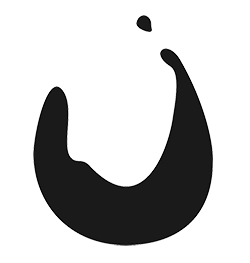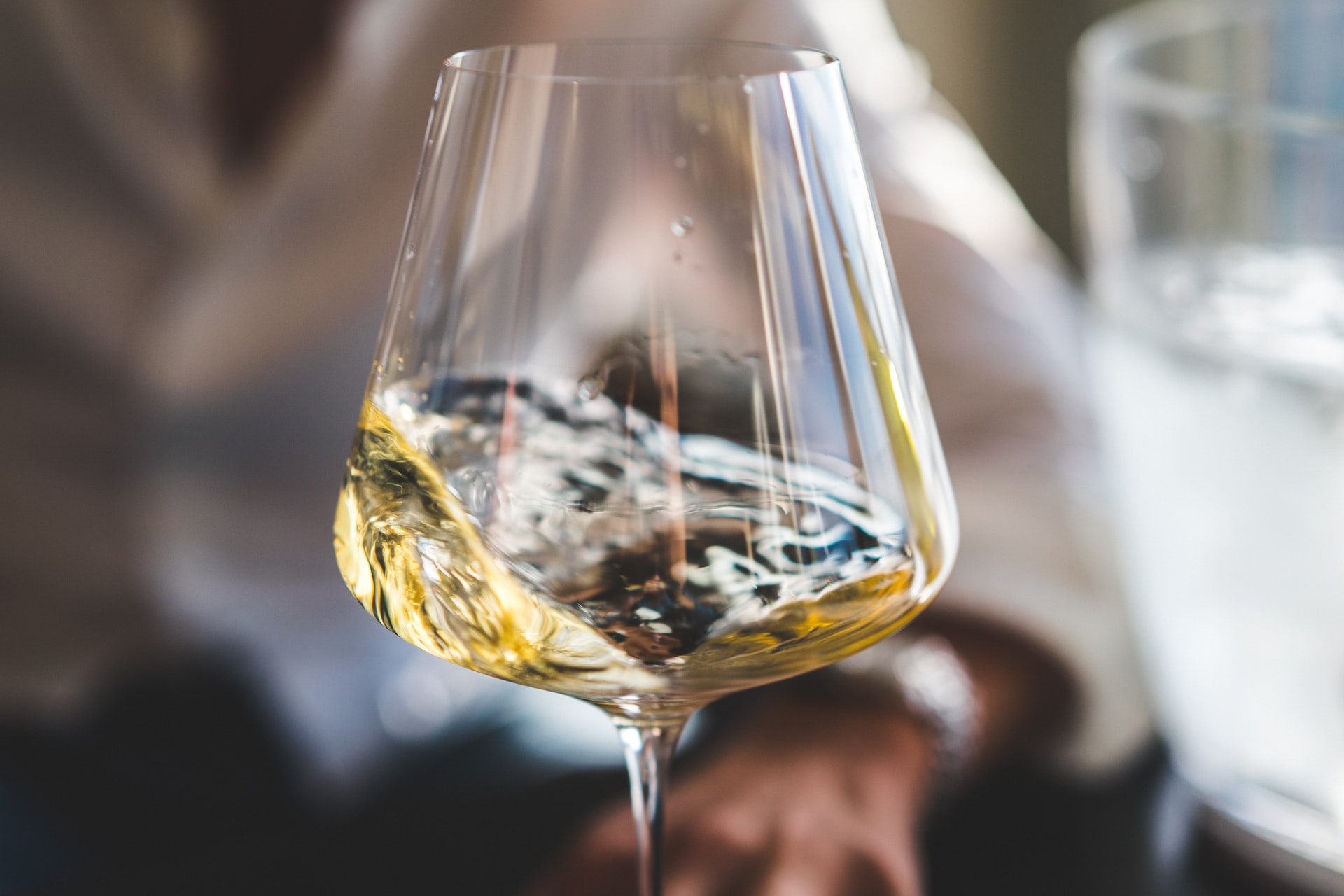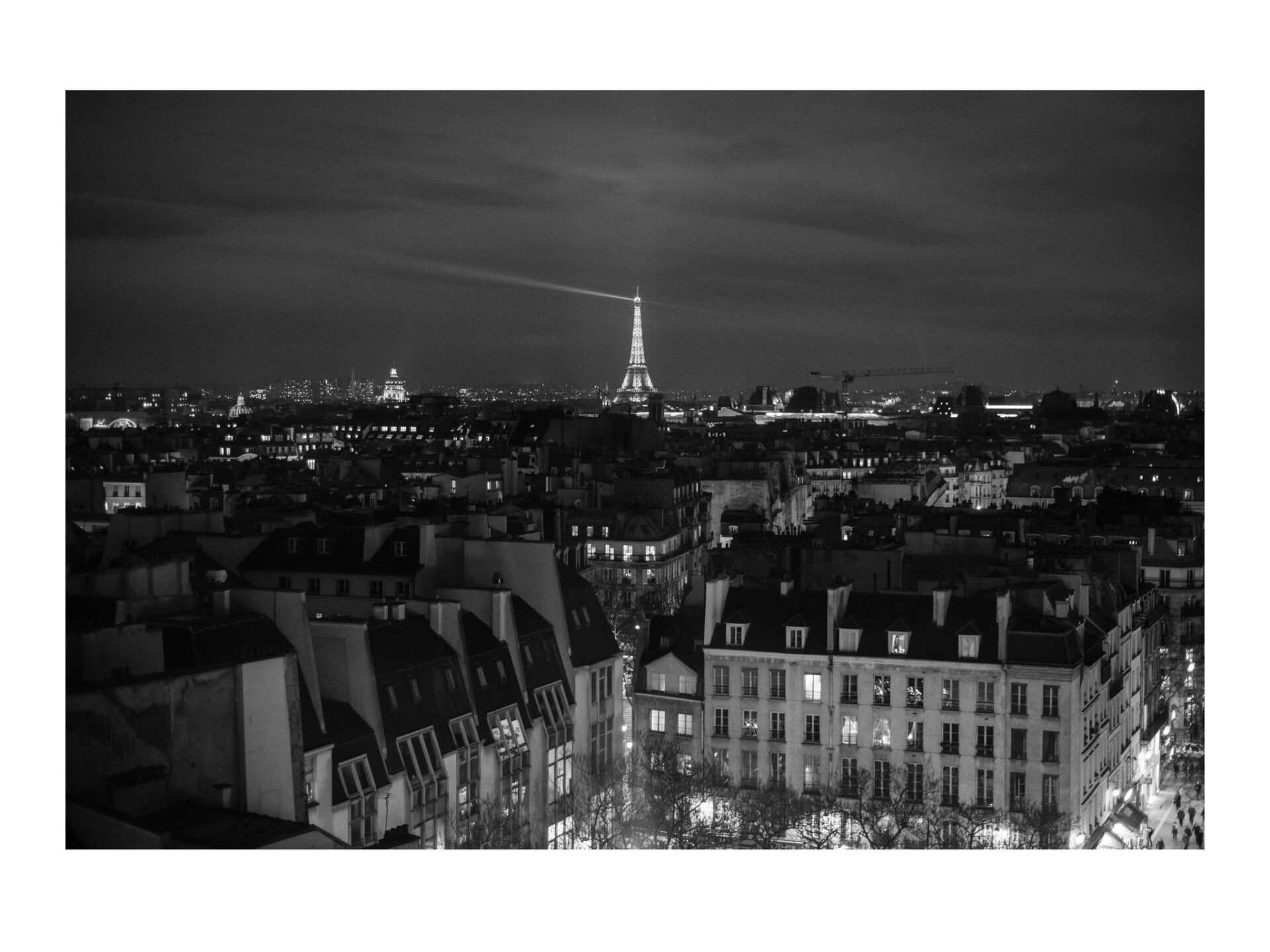Among old-school oenophiles, wine tasting has earned a reputation of being a stuffy event for only the most serious wine-drinkers and their encyclopedic knowledge of tasting terms. But truly, wine-tasting can fit into events of many shapes, sizes and themes. Wine tasting adds a flourish of flavor to birthday parties, work events, baby showers, graduations, and even the odd rave.
Blind wine tasting is a classic party game that allows you to sample a variety of delicious vintages while also encouraging an atmosphere of learning and intrigue. You and your guests take thoughtful sips from glasses filled by bottles with obscured, covered, or absent labels and try to guess (or deduce!) what the wine is based on aroma, taste and look. You can get as specific or as broad as you like, and may choose to encourage a little friendly competition by rewarding whoever gets the most correct guesses with a special prize.
And there are many themes and strategies you can apply to your blind taste to make it mesh perfectly with your event. We recommend getting the party started with one of Argaux’s own Blind Tasting Kits.
Blind wine tasting at home: theme ideas
Here are a few themes and event ideas that are sure to elevate your blind tasting experience.
Masquerade.
Traditional blind tastings have the wine labels obscured or peeled away so their secrets can’t be revealed too soon. But whether one-on-one or in a group event, you can add a little intrigue to the tasting by having the taster don a mask or blindfold. This method is great for costume parties, holiday-themed events, or quarantined evenings alone with your spouse. Especially fun and effective for beginner sommeliers, you can truly taste wine blind and won’t even know whether it’s a red, white, rosé or orange!
Dueling sommeliers.
Hold your blind wine tasting tournament style and pit tasters against each other, one-on-one, until the winner of the evening is crowned. If you’re having a larger event, try eliminating tasters from each pair until the event culminates in a tasting face-off between the two most accurate oenophiles. Or, if it’s just you and a friend, have a guide nearby (provided in our Blind Tasting kit) and tally the wines you correctly identified at the end of your tasting session. Loser buys the next bottle?
Wines 101.
If you’re just at the precipice of your wine-education journey, consider incorporating only the most basic varietals into your tasting collection. This will include the more “classic” grapes, such as Chardonnay, Pinot Noir, Merlot, Sauvignon Blanc, Riesling, Cabernet Sauvignon, and other recognizable wines. The advantage of starting off with the fundamentals is that you are able to build a strong tasting foundation which will support a more refined palate later on. Once you’re able to correctly tell a Zin from a Cab without so much as a second sip, you can theme tastings around one specific varietal and challenge yourself to identify such complexities as year and terroir.
A fantastic year.
If you’re celebrating a birthday, an anniversary, or other significant past event, consider marking the occasion with a blind tasting of vintages from the inaugural year of your celebration. Of course Golden Anniversaries, senior birthdays and other long-term memorials can get pricey (wine gets better with age, as they say) but it adds a certain special something to taste wines whose birth coincides with yours, or your wedding day, or the founding of your company. For example, if you’re hosting a 30th birthday for your friend, a collection of wines from 1991 can be a great way to taste what the world was like on the day they were born.
Money in the bag.
We know that you know how to taste for geography, grape varietal, year, and a million other infantesimal factors through which the wine will reveal to you its darkest secrets. But can you and your fellow sommeliers figure out the cost of a bottle based on aroma, taste and look alone? If you’ve amassed a certain expertise around wine varietals and are looking for a way to show off your skills as well as entertain your guests, consider shifting tasting away from classic identification and instead try to rank each wine in order of expense. The results may surprise you.
Dress your bottles.
One easy and unpretentious way to integrate blind tasting into your event is to obscure the wine labels with fun and on-theme wine bags or other decorations. For a baby shower, try swaddling the bottles with white cloth and oversized safety pins. For a New Years event, wrap them in sparkling gold fabric, complete with firework decals. For Halloween, create crafty, bottle-sized costumes to help keep the labels unrecognizable.
Blind Wine Tasting Ideas: Make it interesting.
You’ve carefully curated a collection of wines along a specific theme for your tasting event. Whether it’s year, location, varietal, or even the label artist, every bottle has a reason for being. And part of the fun of a themed blind tasting is getting to discover this careful theme. But for seasoned oenophiles, including a ringer bottle that exists totally outside of an existing concept is sure to make the evening even more exciting. If you’re tasting themes around French Pinot Grigios, throw in a Sauvignon Blanc or a varietal from New Zealand and see if anyone can catch your curveball.





